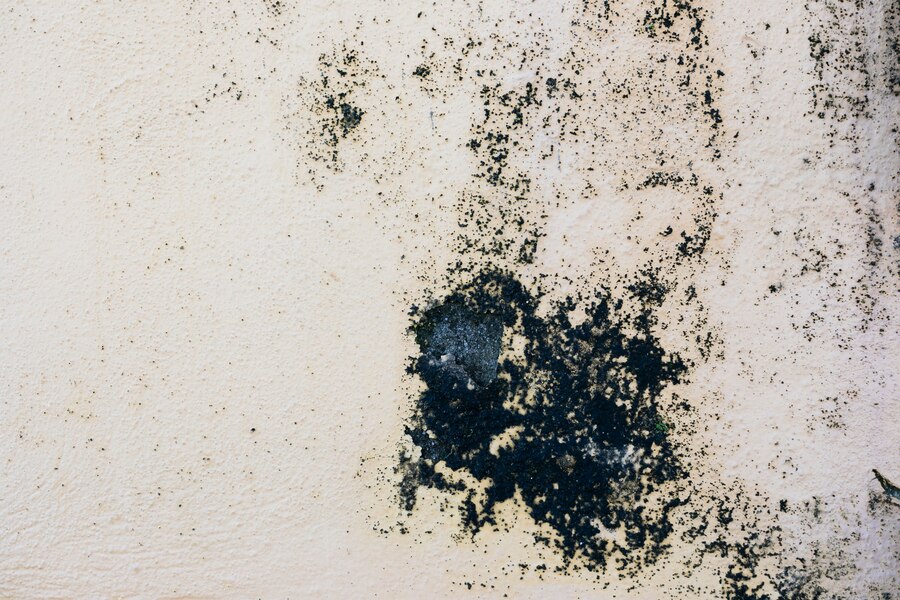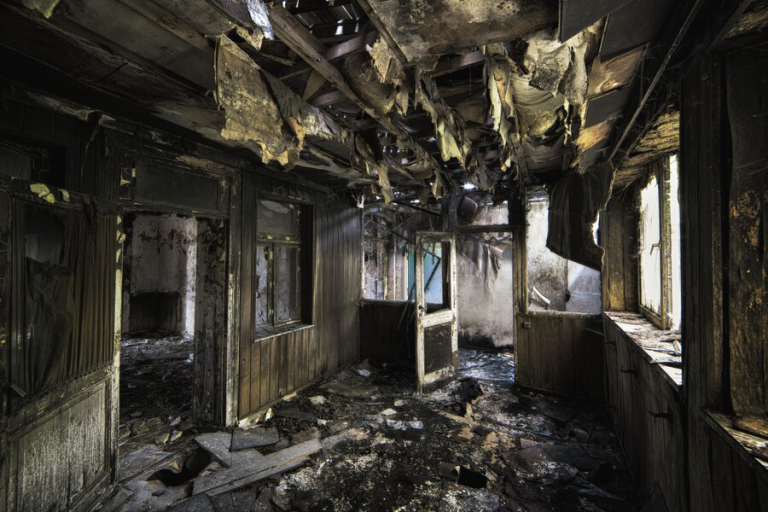Mold is not just a cosmetic nuisance; it poses serious health risks and can compromise the structural integrity of your home. From triggering allergies to causing respiratory problems, mold infestation demands swift action. In this article, we delve into the dangers of mold and emphasize the importance of prompt remediation.
Understanding Mold:

Mold is a type of fungus that thrives in damp, warm environments. It reproduces through airborne spores, which can settle and grow on various surfaces, including walls, ceilings, carpets, and even furniture. Common types of indoor mold include Cladosporium, Penicillium, Alternaria, and Stachybotrys chartarum (black mold).
Mold comes in various colors and textures, ranging from white and gray to green, black, or even orange.
While some molds are relatively harmless, others can produce toxic substances known as mycotoxins, which pose additional health risks. Stachybotrys chartarum, commonly known as black mold, is one such species known for its potential to produce mycotoxins under certain conditions.
Health Hazards:
Exposure to mold can lead to a range of health issues, particularly for individuals with allergies, asthma, or weakened immune systems. Symptoms of mold exposure may include:
Respiratory problems: Mold spores can irritate the respiratory system, causing coughing, wheezing, and shortness of breath.
Allergic reactions: Mold allergens can trigger allergic reactions, such as sneezing, runny nose, itchy eyes, and skin rashes.
Asthma attacks: Mold exposure can exacerbate asthma symptoms, leading to severe episodes and breathing difficulties.
Fungal infections: In rare cases, prolonged exposure to mold may result in fungal infections in the lungs or skin.
Structural Damage:
Beyond health concerns, mold can also cause significant damage to your home’s structure. It feeds on organic materials like wood, drywall, and insulation, weakening them over time. In severe cases, prolonged mold infestation can compromise the integrity of the building, leading to costly repairs and renovations.

Swift Remediation:
Given the dangers associated with mold, prompt remediation is crucial. Here are steps to take if you suspect mold in your home:
Inspection: Conduct a thorough inspection of your home, paying attention to areas prone to moisture buildup, such as bathrooms, kitchens, basements, and attics.
Identification: Identify any visible mold growth and determine the extent of the infestation. Keep in mind that mold can also lurk behind walls, ceilings, and under flooring.
Moisture Control: Address the source of moisture to prevent mold from returning. Repair leaks, improve ventilation, and use dehumidifiers to maintain optimal humidity levels.
Removal: Safely remove mold-infested materials and clean affected surfaces using appropriate mold remediation products. Consider hiring professionals for larger or more severe infestations.
Prevention: Take proactive measures to prevent mold growth in the future, such as regular maintenance, proper ventilation, and prompt repairs.
Conclusion
Mold poses serious health risks and can damage your home’s structure if left unchecked, especially in Oklahoma City, Oklahoma. Swift remediation is essential to safeguard your health and preserve the integrity of your property. By understanding the dangers of mold and taking proactive steps to address it, you can create a safer and healthier living environment for you and your family. If you need professional assistance with mold remediation, contact us today at Precision Restoration Inc. Our experienced team is ready to help you restore your home to a mold-free state.



